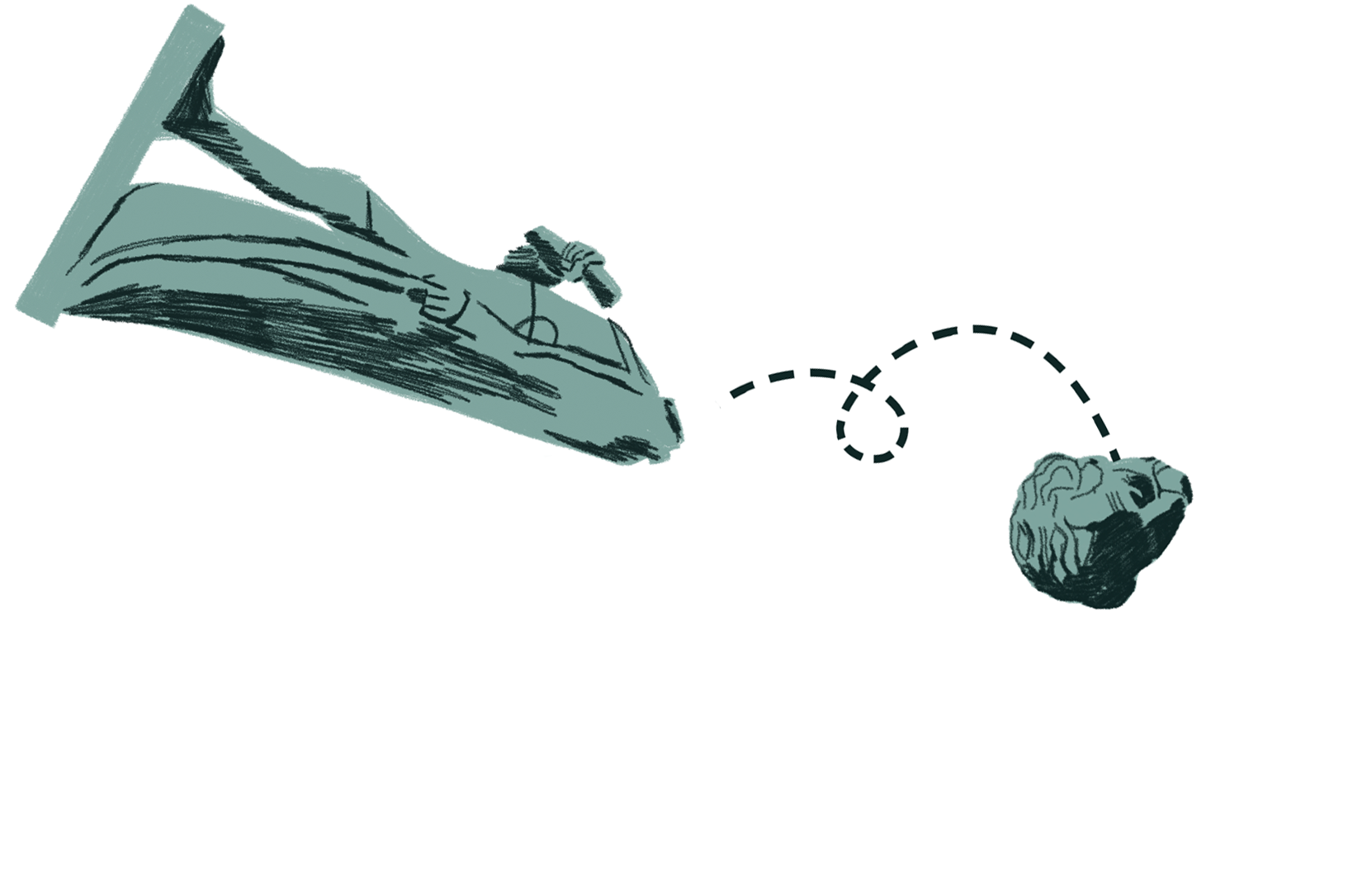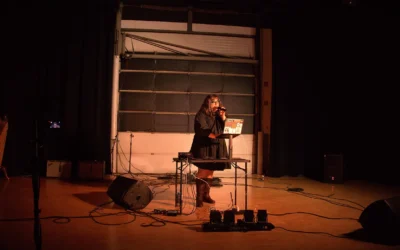After demonstrators tore down a statue of Sir John A. MacDonald in Montreal on Aug. 29, politicians and commentators came out of the woodworks to denounce their actions. Some merely criticized the vandalism, saying the statue should only be removed if a vote produced that outcome, but many, such as former Conservative leader Andrew Scheer, went further to say that it, and others like it, should not be removed in any circumstances.
The arguments against taking it down ranged from bizarrely claiming MacDonald was a good person who should be celebrated, to the much more compelling idea that he was indeed shockingly racist, even for his time, but a significant part of Canada’s history nonetheless. Thus, removing his statues amounts to an attempt to erase problematic parts of Canada’s past rather than address them. “We must fight racism, but destroying parts of our history is not the solution,” Quebec Premier François Legault wrote on Twitter shortly after the statue was toppled. This is also the argument more generally applied in debates over controversial monuments around the world — Christopher Columbus here and in the United States, King Leopold II in Belgium, and Winston Churchill in the United Kingdom are a few examples of recent hot targets.
Let’s get this out of the way. Are monuments to objectionable people historical objects? Yes, in a way. Should we take them out of public spaces? Also yes.
This front of the culture war really got going in the United States, because of course it did — specifically regarding statues of Confederate leaders, of which over 1,700 still stand, according to data collected by the Southern Poverty Law Centre (SPLC). The same data shows that the majority of these monuments were erected not right after the Civil War as a way of honouring the dead, but decades later, between 1890 and 1920. This time corresponds with the rise of the Lost Cause: an ideological movement to re-frame the Civil War from a southern perspective in which the Confederacy fought in a noble struggle to protect the southern way of life. Kirk Savage, a professor of history of art & architecture at the University of Pittsburgh who literally wrote the book on Confederate monuments, characterizes this period in a 2017 article as a “systematic campaign of commemoration that extended from monument building to rewriting school textbooks and sponsoring rituals for white schoolchildren,” with the goals of downplaying the cruelty of slavery and presenting the Confederate war effort as one of preserving “Southern culture” (the origins of the slogan “heritage, not hate,” basically).
In other words, these monuments were part of an effort to actually erase history — and their design reflected this too. They were put up quickly, cheaply, and in highly visible spaces. As with most statues of people, the Confederates are depicted as heroic and dignified — figuratively and often literally elevated above the general public. Confederate general Robert E. Lee, for example, is almost always depicted on a horse. This is not only because of the rumour that his infamous horse Traveller had somehow also developed conscious racism and would buck off any Black person that attempted to ride him, but because in those days, horses were a symbol of military status. These statues put Lee in a commanding position above the viewing public, conveying authority and nobility.
No evidence exists to suggest that statues of MacDonald were erected for reasons so egregious as a conspiracy to rewrite the facts or to deliberately intimidate local Indigenous and Chinese populations, but the larger point to be drawn from the example of Confederate monuments is that statues are always erected with an intended image of the person in mind, which is not always accurate to who they really were. This has an indisputable effect on how we view them, and therefore how we perceive the person more generally.
MacDonald is depicted as equally dignified and heroic. He is presented as a prominent politician and Canada’s founder, and nothing else — a massively distorted image from the one you would get reading an actual history book on what he did. Considering the lengths later Canadian governments went to in order to cover up residential schools (MacDonald’s most objectionable legacy), and other anti-Indigenous practices like the Sixties Scoop that logically follow from his politics, it’s not hard to believe that the public image of MacDonald presented by these monuments contributed to whitewashing Canada’s history.
What about the common argument that we should recognize these historical figures for who they were, and fix the issue of false public images by contextualizing the statues with informational plaques (for an example of such an argument, check out this article from the Toronto Star’s politics columnist Martin Regg Cohn)? First of all, if a statue cannot stand on its own, then what’s the point of having it around? More importantly, this would do pathetically little to correct for the effect statues have on their surroundings. Does Cohn actually believe that installing a little plaque saying MacDonald aspired to multiple genocides would do anything to contextualize his 10-foot-tall, imposing, stately image, on top of a pedestal, wearing noble’s clothes, clutching presumably crucial documents in his fist, surrounded by elaborate columns and arches, topped with another statue of a female figure representing Canada itself, all surrounded by cannons, in a public park in the middle of Montreal? The monument of MacDonald described by Art Public Montréal as “the most imposing and elaborate” of any?
No, it would look completely silly. This is because people don’t learn history from statues. And while they are historical objects in the sense that they give us insight into how people perceived, or wished to perceive their subjects around the time they were erected, they don’t have any place in non-educational spaces as we grapple with this perception and find it’s different from the truth. In fact, if we want people to be connected with Canada’s history, we have a responsibility to move these monuments out of public spaces, lest more people absorb an incorrect version of it.





0 Comments